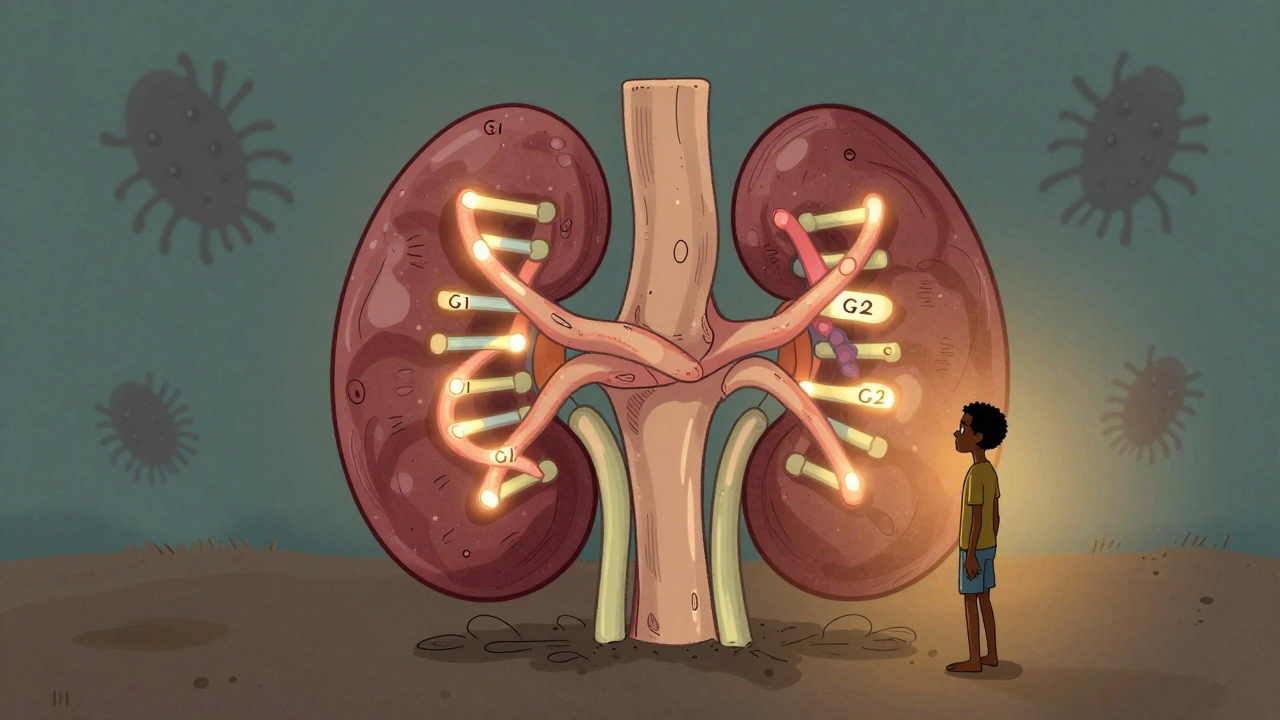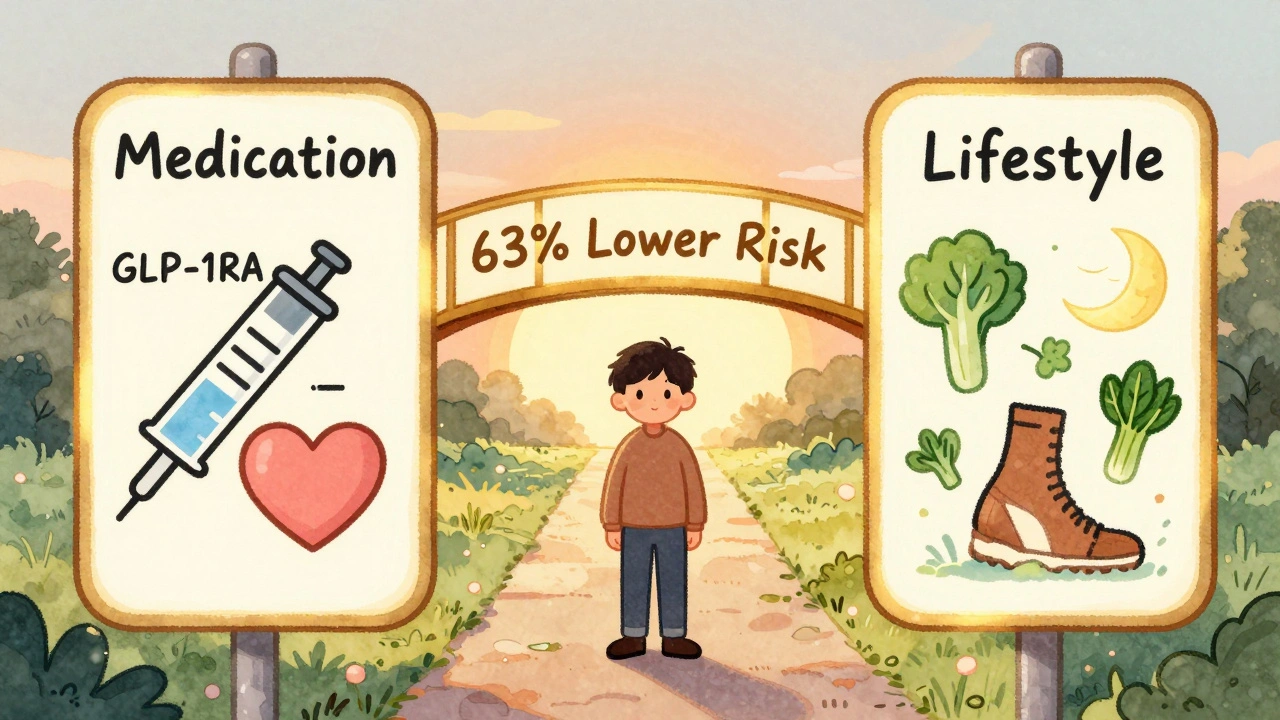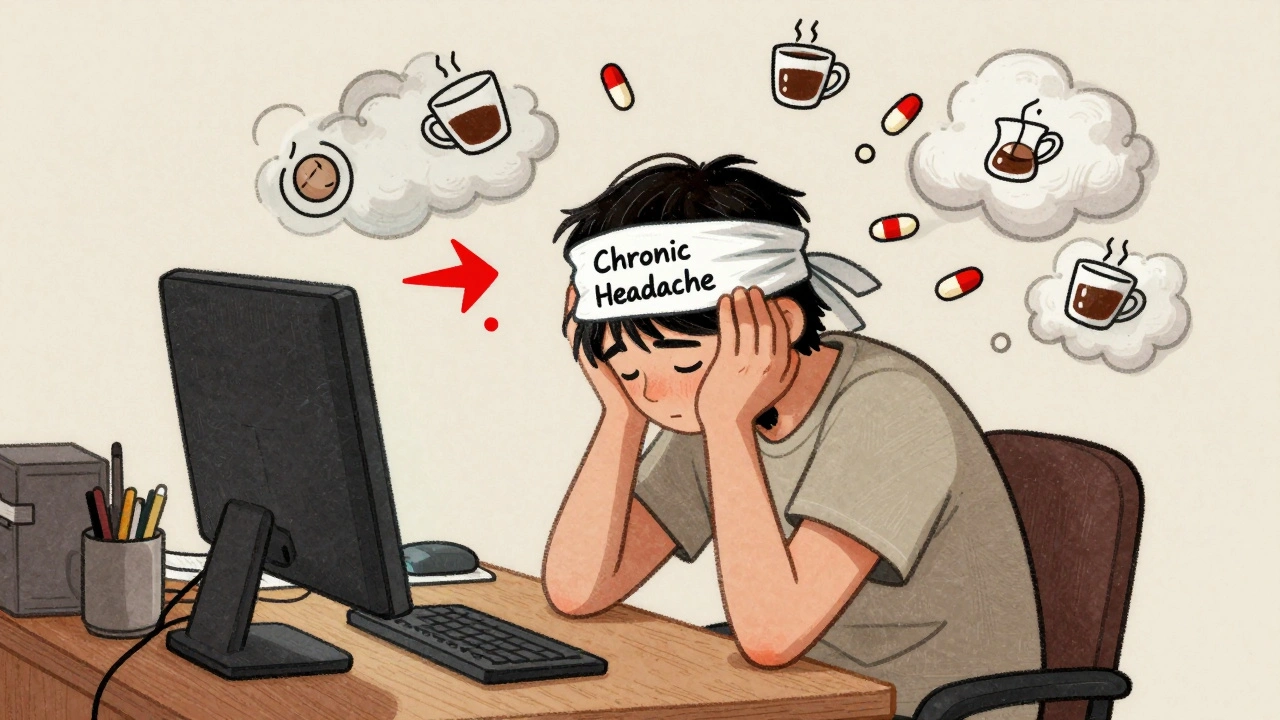Excessive Hairiness: What It Is and How to Deal With It
If you’ve ever looked in the mirror and noticed more hair than you’d like, you’re not alone. Too much hair, medically called hirsutism, can pop up on the face, chest, back or anywhere else. It’s usually a sign that something in your body is nudging hair follicles to work overtime.
Most of the time hormones are the main culprits. High levels of androgens—male‑type hormones that both men and women have—tell hair follicles to grow thicker, darker hairs. Conditions like polycystic ovary syndrome (PCOS) often raise androgen levels, so many women with PCOS notice excess hair on their chin or upper lip. Thyroid issues, adrenal problems, and even certain tumors can have a similar effect.
What Triggers Excessive Hairiness?
Besides hormonal imbalances, a few other things can push hair growth into overdrive. Some prescription meds, especially those that affect hormones (like testosterone therapy or certain steroids), can make hair appear faster. Even over‑the‑counter supplements that claim to boost metabolism sometimes contain hidden hormone‑like compounds.
Genetics play a role, too. If your close relatives have a lot of body hair, you might inherit a tendency for thicker growth. Lifestyle factors such as stress and diet can also tip the scales—high‑glycemic foods can spike insulin, which in turn can raise androgen production.
How to Tame Unwanted Hair
First off, talk to a doctor. Blood tests can pinpoint hormone levels, and a professional can suggest medication or therapy to bring things back into balance. Birth‑control pills are a common fix for women because they lower androgen production. For men, anti‑androgen drugs or specific scalp‑targeted treatments may help.
If you want a quick fix, there are plenty of at‑home options. Shaving, waxing, and depilatory creams work, but they’re temporary and can cause irritation. Laser hair removal offers longer‑lasting results by damaging the follicle itself; a few sessions usually keep hair down for years. Electrolysis is another permanent method, albeit more time‑intensive.
Natural remedies get a lot of buzz, but the evidence is mixed. Some people swear by spearmint tea, which may lower androgen levels slightly. A balanced diet rich in veggies, lean protein, and low in refined carbs helps keep insulin steady, which can indirectly reduce excess hair.
Bottom line: excessive hairiness is usually a sign of an underlying hormonal shift, not just a cosmetic nuisance. Get a proper check‑up, consider medical options, and choose a hair‑removal method that fits your lifestyle. With the right mix of treatment and at‑home care, you can keep unwanted hair in check without feeling stuck with it.

Excessive Hairiness & Hormonal Imbalances: Causes, Red Flags, Tests, and Treatments
What links excessive hairiness and hormones? Learn causes, red flags, tests, and treatments for women and men with simple UK-focused, evidence-based tips.





